What heating system to choose for the house. Country house heating
Types of piping
Single pipe system
Two-pipe system
Collector wiring
Radiators
Warm floor
Combined system
Which boiler to choose?
Electric boiler
Solid fuel boilers
Oil boilers
" class="sdt_h3">Heating batteries
coolant
One of the important tasks associated with housing is to decide which heating is best. Don't think the answer is easy. After all, you need to decide which type of heating to use. This choice will depend on the financial costs of installing equipment, the efficient operation of the heating system, and savings due to high efficiency highways and so on. All these factors encourage you to take seriously the arrangement of the heating system.
What are the common heating options?
There are different ways to heat a house. For example, some prefer the stove, which has been used for centuries. But this method is usually resorted to because of hopelessness. This is not the best option, considering the energy costs and carbon monoxide, which gradually seeps into the room. Another approach is when each room is heated separately. For this, various radiators or air heaters are used. But in this type of building heating, there are also many disadvantages. First of all, the consumption of electricity, which is spent on each heat source, is striking. In addition, you will have to monitor these devices so that each one turns on and off in time, as well as to prevent them from igniting and short circuit networks. No wonder, in our time of progress, the most popular is water heating. The essence of his work is simple. The boiler heats the coolant, and it transfers its energy to pipes and batteries. However, when choosing this method of heating a room, attention should be paid to some issues. After all, you need to choose not only the type of boiler, but also the options for piping, types of batteries, pipes, and so on. Any mistake will affect the efficiency of the entire system, and save fuel and money. Therefore, it is worth analyzing in detail the main components of heating.Types of piping
Much depends on a well-chosen wiring. There are 3 options: one-pipe, two-pipe and manifold. It is necessary to understand in detail each method in order to determine which one is better in a particular case.Single pipe system
Its essence lies in the fact that all radiators are connected in series to one pipe. Thus, before reaching last battery, the coolant must heat all the previous ones.single pipe heating
Worth looking at the advantages and disadvantages single pipe system. As always, advantages first:
- it is easy to design such a system,
- easy installation,
- relatively not high costs for equipment,
- fast installation compared to other options.
- uneven heating of all rooms - in the first it is hot, and in the last it is cool,
- elements are highly dependent on each other,
- inefficiency a large number radiators on one riser,
- heat is not regulated in each battery.
Two-pipe system
This method differs from the first one in that 2 pipes are connected to each radiator. The heated coolant flows through one of them, and the cooled coolant returns back to the boiler through the other. two-pipe heating
two-pipe heating
Here, too, attention should be paid to the advantages and disadvantages of the system. The advantages are:
- when it becomes necessary to temporarily suspend the operation of one element of the system (for example, a radiator), then the rest of the line can continue to function,
- both the first and the last radiator heat up equally, which makes it possible to evenly heat the entire room,
- the temperature in each room is conveniently regulated.
- harder to install
- it is not easy to design such a system on your own,
- equipment costs more.
Collector wiring
The collector looks like a comb, to which various things are connected. heating equipment. From the boiler, the heated coolant is fed into the collector. He distributes the coolant to different heating devices separately. Thus, liquid of the same temperature is supplied to each radiator. collector heating
collector heating
In this option, it is also necessary to carefully consider the advantages and disadvantages. If we talk about the pluses, then they include the following points:
- If you do everything according to the instructions, then the installation is quite simple,
- thanks to the collector, each is regulated and turned off heating device separately,
- the number of pipe joints is significantly reduced, which eliminates the possibility of leakage,
- convenient repair of each element of the system.
Underfloor heating, radiators or combined system?
This is another question that will definitely come up. Here you should carefully weigh everything, and understand the essence of each method, as well as the pros and cons.Radiators
To date, batteries are the most common way to heat a room. They come from different materials A: cast iron, steel and so on. The principle of operation of heating with radiators is that the heated coolant is supplied to each battery, and they heat the room.Radiators have both positive and negative sides. The advantages are:
- a wide range of equipment,
- you can choose an affordable price,
- installation does not require professional skills and special tools,
- installation does not require large material costs,
- when repairing one battery, there is no need to turn off the entire system,
- applicable to other types of heating.
- during installation, it is necessary to observe the slope of the pipes,
- because the heat goes up, the temperature below is always lower,
- improper distribution of energy (the ceiling is heated, not the floor), leads to irrational expenditure of funds.
Warm floor
This is also a common option, however, not everyone can afford it. Such a system is distinguished by pipes built into the floor. Due to this, heat does not come from the walls, but from the surface of the floors.What are the advantages and disadvantages of this type of heating? The strengths include the following:
- the entire area of \u200b\u200bthe house warms up, due to the fact that heating is carried out from below and rises up,
- the temperature is higher at the feet than at head level, so the occupants feel comfortable,
- great cost savings due to the rational distribution of heat energy,
- can be combined with any type of heating,
- there will be no cold zones in the building,
- does not interfere with the interior of the rooms.
- the difficulty of implementation in multi-storey buildings,
- laborious installation,
- expensive repairs
- if problems with small area systems, you still have to dismantle the floors.
Combined system
It combines both radiators and underfloor heating. Often it is used when there are places where underfloor heating is ineffective. For example, a room with large windows. In general, this type contains the advantages and disadvantages of the systems listed above.Which boiler to choose?
When it comes to choosing, you should start from 4 main options. Considering each, one must take into account what fuel is available and cheap in a particular area.Gas
The gas boiler is the most popular, due to the availability of this fuel. If we talk about him strengths, the following can be noted:- long service life,
- high efficiency, which means cost savings,
- ease of maintenance
- no need to waste energy on fuel procurement when there is access to the highway.
- required permission to install the boiler,
- to connect, you need to call special services,
- due to pressure surges in the gas pipeline, the unit turns off,
- gas makes noise when burned.
Electric boiler
This device is also quite popular. Here, the heating of the coolant occurs due to electricity. Since it is widely available, it is worth considering this method from different angles. Advantages of electrical equipment:- works without noise
- relatively low cost
- does not harm health or the environment,
- ease of management.
- during power surges, the device turns off, and the automation is also disabled,
- electricity consumption,
- for a powerful unit, a 3-phase 380 V network is needed.
Solid fuel boilers
Enough known species boilers. Here, coal, firewood and so on are used as fuel. Speaking about the advantages of such equipment, you should remember the following points:- cheap fuel,
- ease of operation,
- does not require any documents for installation,
- easily repaired.
- a lot of time and effort is spent on fuel procurement and boiler maintenance,
- must have a chimney.
Oil boilers
It uses liquid fuels such as fuel oil, kerosene and so on. Listing the advantages of liquid fuel equipment, the following areas should be mentioned:- heating independent of communications,
- ease of use,
- high efficiency,
- necessarily a separate room for the boiler,
- expensive equipment,
- high cost of fuel
- the need for large fuel tanks.
Pipes
At first glance, it may not seem important which pipes are used for heating. But after considering the pros and cons of each material, it becomes clear why this is a serious issue.One of the most popular types of pipes is metal-plastic. Their diameter is from 16 to 63 mm.
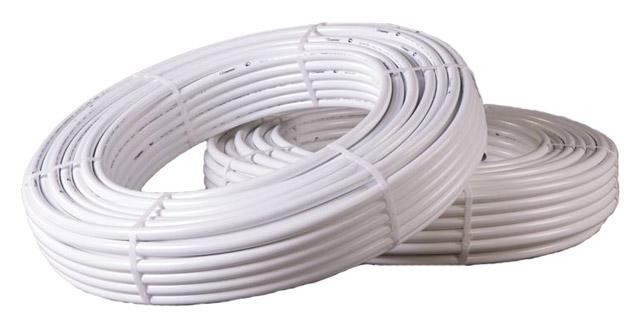 metal-plastic pipes
metal-plastic pipes
Among the advantages of this material are:
- thermal conductivity is low,
- easily repaired
- no need professional tool for installation.
- connections may leak,
- leaving dents on impact.
 polypropylene pipes and fittings
polypropylene pipes and fittings
It has these strengths:
- large diameter - up to 125 mm,
- resistance to mechanical pressure,
- when the system freezes, the pipes do not become unusable,
- after soldering, there can be no liquid leakage.
- need expensive equipment to make a montage,
- elongate with strong heating of the coolant,
- when damaged, it is difficult to repair.
">Heating batteries
One of the main elements in the heating system. From the wrong selection of the battery, the efficiency of the entire heating may depend. Nowadays, there is a huge selection of radiators. If we classify them according to the material from which they are made, then the following types can be distinguished: steel, cast iron, bimetallic and aluminum. Not to disassemble everything possible options, it is enough to understand the basic principles for choosing a battery. - System type. From that autonomous or central heating, the necessary criteria of the radiator also depend. For a centralized system, it is better to take batteries that can withstand pressure surges and water of different acidity. For autonomous heating radiators of different pressures can be used.
- Heat dissipation. According to this indicator, aluminum is in first place, then steel, and then cast iron. But it is also worth considering that, for example, the same cast iron cools down longer.
- Life time. In this parameter, in the first place are cast iron radiators, then bimetallic, steel and cast iron.
- other criteria. This includes more visible parameters - design, price, manufacturer, and so on.
coolant
Without this component, the heating system will not work. The most common coolants are water and antifreeze.- Water. Still, they use it more often. Since you do not need to buy water for heating, this is very economical option and it transfers heat very well. In addition, water does not bring environmental harm.
- Antifreeze. There are specially made for heating system. Although you need to pay money for it, its main advantage is that it does not freeze at low temperatures.
The information listed above will help you choose the right elements of the heating system. Before choosing, it is important to carefully re-read all the advantages and disadvantages.
Heating country house has always been a matter of great importance. Correctly installed system will allow you to enjoy comfort and warmth at any time of the year. Therefore, it is extremely important to choose the most suitable model for your case in order to avoid subsequent problems or inconveniences that have arisen during operation.
Basic requirements for heating systems
- High reliability
- Availability
- Safety
- compactness
- Efficiency
- Economy
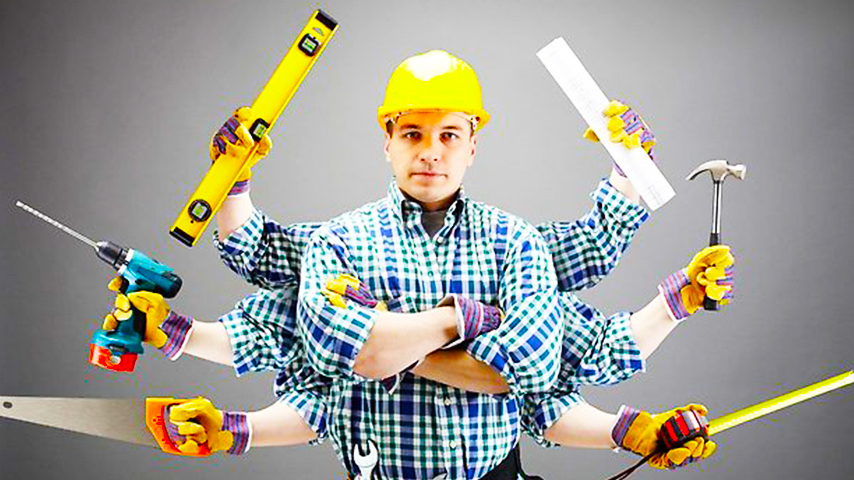
Even if your house is still under construction or you are just planning to purchase it, it is never too early to start choosing the optimal heating system for yourself. In order to determine its type, it will take time, since in most cases it is selected individually. First of all, it is necessary to build on the availability and efficiency of a particular type of fuel on which the system operates:
- Firewood
- Electricity
- Coal
- Liquid fuel
- solid fuel

Depending on the resource used in the work, heating systems are divided into the following types:
- Air systems
- Electrical systems
- Water systems
- Heating gas boilers

In addition, space heating is often used with the help of a stove, a fireplace, based on an open fire. However, it is ineffective. In addition to the fact that this system will require additional resources (firewood), this species heating won't let you warm Vacation home evenly and quickly. Applies this way extremely rare and only for small houses.
Air heating systems
These space heating systems, despite their efficiency, were appreciated on the Russian market only about 10 years ago.
Air heating systems are based on hot air. The principle of their operation is quite simple - a special fan drives air through a heat exchanger or heater, heating it and releasing it into the room through special channels. These systems can operate on various types of fuel, it all depends on the model and design. Air can get hot hot water, steam (in heaters), heat released from combustion various kinds fuel (in fire and air heaters), as well as electricity (in electric air heaters).

Advantages
- High space heating rate
- Additional installation humidifier during installation
- Ease of use and maintenance
- Absence central system heat supply - you will never encounter a boiler leak or freezing during the cold season.
Flaws
- High price
- The need for a large area to install the system
- Average level of heat transfer
Air heating systems are ideal for homes with seasonal residence, because high costs for the maintenance of this design are somewhat higher than others alternative methods home heating.
Electrical heating systems
Electric heating systems are among the most popular today. The principle of their operation is the uniform supply of current through special conductors, it is due to this that the room is heated.
This design is suitable for any country house, since, unlike the gas system, every house is equipped with electricity. Extremely easy to install and operate, the design does not require the arrangement of auxiliary communications, periodic cleaning, construction of storage facilities for fuel, a separate room for installation, etc., which significantly affects the cost of the system and its installation in a positive direction for the buyer.
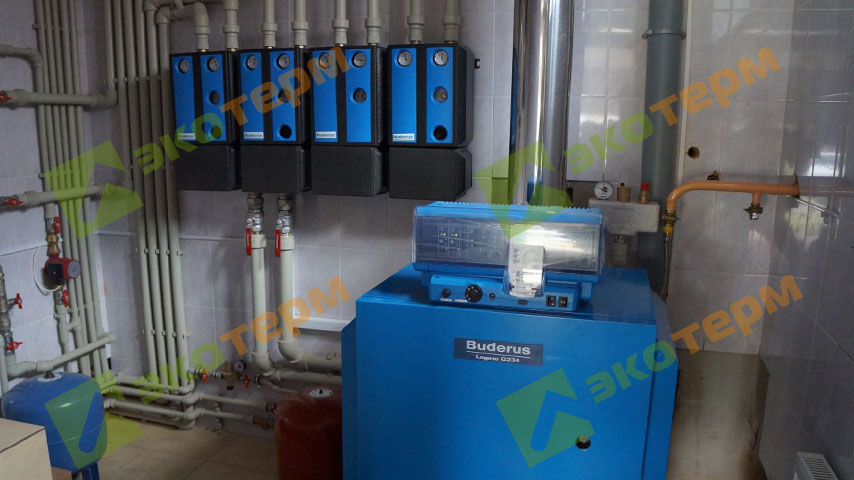
Advantages
- Rapid space heating
- High heat dissipation
- Small economic costs
- With the help of a gas boiler, you can quickly heat large rooms
Flaws
- In the absence of a gas pipeline, you will have to use special gas cylinders
- If the area of the house is less than 100 square meters, then the use of a gas boiler is not economically viable
- In safety inferior to some other types of heating
- High complexity of installation and installation
Selecting the type of fuel for the heating system
As noted above, any heating system operates on a certain resource, whether it be electricity or gas. Depending on its type, the cost of operating the product will be higher or lower, respectively, based on this fact and the fact specifications, will be selected optimal system heating of a country house, corresponding to the most favorable ratio of price and quality.
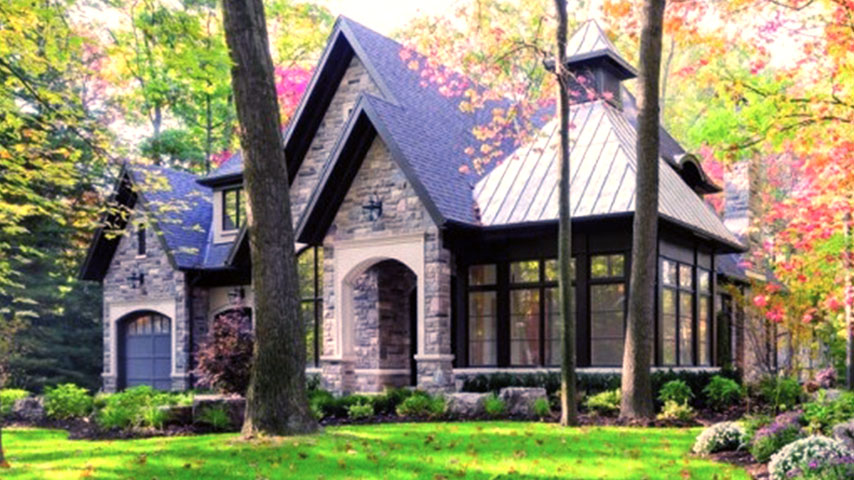
Electricity - the most accessible type of raw material for the heating system. However, despite this, it is one of the most expensive. That's why, electrical systems heating is usually used for country houses with non-permanent residence or as an additional source of power for the heating system.
Gas - the cheapest fuel on the Russian market. Systems based on gas boiler, such as water heating, are the most popular. Gas systems heating systems are one of the most economical systems for heating a country house.
solid fuel (peat fuel briquettes, pellets) - most often used as an alternative to gas in areas where there is no supply system for this type of fuel.
Liquid fuel (for example, diesel fuel) - this type of fuel is also considered one of the most economical. Its low consumption allows you to heat a country house in a fairly short period.
Firewood - in addition to the high cost, this resource is also a risk factor. High flammability this material and the inconvenience of use does not put it in a leading position in matters of space heating, therefore, at present, it is almost impossible to meet a heating system that runs on wood.
Depending on the type of fuel (resource) used and the structure of the heat supply, heating systems are divided into several types. Each of them has both advantages and disadvantages. Therefore, for each house, the heating system is selected individually, depending on the wishes of the owners and their capabilities. A huge range of models allows you to choose a system that 100% meets the requirements of the buyer and guarantees warmth and comfort in the house, even when it is minus outside.
More interesting:
Want to keep your home warm and cozy? Choose a cost-effective heating system that suits your building.
Where to begin?
In the vast majority of sources, it is recommended to start choosing a heating system with a choice of available fuel. Indeed, it makes no sense to heat the house with electric energy if the main gas is connected to the dwelling, or to install a solid fuel boiler if it is not possible to purchase enough firewood or coal. The choice of fuel is important, but for modern home with minimal heat loss choice is more important heating principle.
Therefore, it is more expedient to begin with, to determine what type your house belongs to: heat-intensive or non-heat-intensive. To do this, you need to answer a simple question: does your house accumulate heat or simply save it inside, preventing heat energy from escaping outside.
If the walls of your house are made of bricks, natural stone or concrete, then this is a heat-intensive structure capable of accumulating thermal energy, and then at the expense of it to maintain heat in the house even when the heating is turned off.
If the house is built of foam blocks or its walls are multilayer panels of thermal insulation material, then this structure does not have thermal inertia and cannot accumulate heat. In such a house, heat must be maintained due to a constantly working source of thermal energy. When the heating is turned off, it will become cold almost immediately.
To date, there are several types of heating a country house:
- oven
- Water
- Steam
- Air
- infrared
Each type of heating of a country house can be implemented on any type of fuel.
For example, water heating can function by burning wood, gas, fuel oil, using electric, geothermal or solar energy. Modern systems infrared heating can work on electricity, gas and oil. Even the usual stoves in a country house can work with equal success and heat the home on wood, gas or electricity. Therefore, it is important to choose the right type of heating, and it can be implemented on any available type of fuel, of course, by purchasing suitable equipment for this.
Features of heating an inertial house
For inertial houses, it is important to warm up the walls, while creating a supply of thermal energy. This can take a lot of time, at least several hours, because cold house already "cold stock" and is in no hurry to part with it. One feature: in an inertial house, even with a hot stove or hot radiators, at first no heat is felt, but when the heating is turned off (for example, in the event of an accident in the system), the house can remain warm for several hours, or even several days.

To heat such a structure, it is better to use heating devices with a coolant temperature of 80-95C. It can be water or steam heating, as well as infrared electric heaters. To ensure the heating of the walls, it is better to install heating devices on their surface. In this case, you can use convectors, water radiators, warm skirting boards and warm floors.
Well-heated walls made of stone, brick or concrete will ensure a constant temperature in the house, as well as efficient work ventilation system with natural impulse. ventilation ducts, located in an array of heated walls, create a constant outflow of exhaust air and provide an influx of fresh air masses. In an inertial house, you can safely open windows and doors, without fear that in a few minutes all the heat will fly into the atmosphere.
If the house is heated periodically ...
For a massive (inertial) house, water heating can be safely called the best choice heating, but only if the building is connected to electrical energy, and there is no threat to the heating system emergency stop and freezing of the coolant.
If there is such a threat, the heating system can be filled with antifreeze or steam heating can be chosen instead of water heating. But it is better to immediately refuse air heating in such a house. It works effectively only in houses that do not accumulate heat or have no inertia.
Heating frame and wooden houses
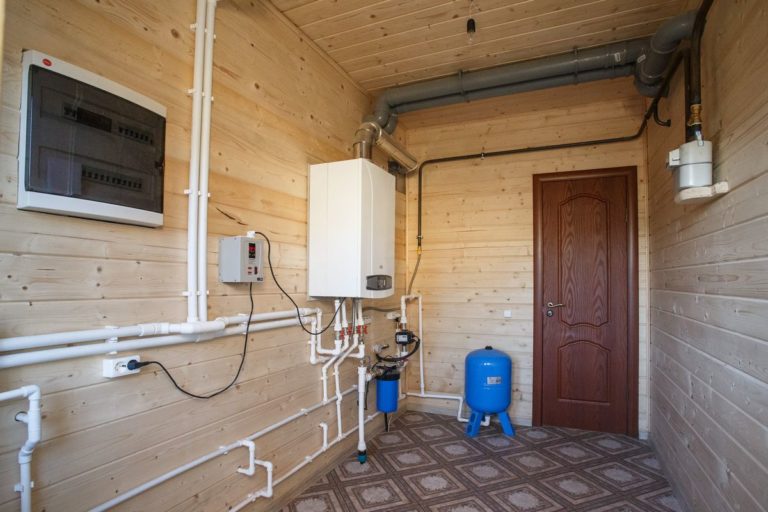
In frame and wooden houses, as well as in buildings made of foam blocks, heat does not accumulate in the walls. It is warm inside the house only if the air in the house and the objects inside the building are heated (for example, a massive brick oven). Therefore, for heating such a structure, it is recommended to use heating appliances providing intensive convective heat transfer. These can be convectors, thermal fans, air curtains etc.
In other words, in a low-inertia house, the most effective is air heating, for the implementation of which various equipment can be used, ranging from a Buleryan type oven to a Canadian heating system combined with an air conditioning and ventilation system.
In a low-inertia house, there is no need to wait for the walls to warm up. Heat in it becomes almost immediately after heating the air. If the house for a long time not heated, create in it comfortable conditions it is possible in 30-40 minutes, unlike a massive heat-inertial house, which needs to be warmed up for several hours in a row.
If you don’t like air heating, you can go the other way and install a massive brick or stone stove that accumulates heat inside the building. Such a “reserve of heat” will allow to fully demonstrate the advantages of a structure made of light porous materials or wood, because its walls do not conduct heat, which means they do not lose it to the atmosphere.
This is how village log houses made of wood are heated. In them, the heat is stored in the furnace array, and the house is warm until the furnace cools down. Depending on the size of the oven, it can cool down from a few hours to several days.
It should be noted that for ventilation of low-inertia houses it is necessary to use supply and exhaust ventilation systems. natural ventilation can only be used when
Summing up
If your country house is built of stone, brick or concrete, choose water or steam systems to heat it. From furnace heating, as well as air heating is better to refuse. A massive house must accumulate heat. Only in this case it will be comfortable and cozy in it. Another advantage of such a house is a well-functioning natural ventilation system, which is not in houses with low thermal inertia.
If you live in a frame or wooden house, as well as in a house made of foam blocks, choose air heating to heat it. Do not like air currents, install a massive stove in the house. She will create necessary stock heat, and the walls will keep it securely.
About heat pumps and solar collectors
Unfortunately, our climatic conditions are such that it is unlikely that it will be possible to effectively heat a house using the heat of the earth or the energy of the sun at an affordable price. Heat pumps provide low-temperature heat, which is better to use in low-inertia houses, but the cost of equipment is still too high, which makes the resulting thermal energy inaccessible for widespread use.
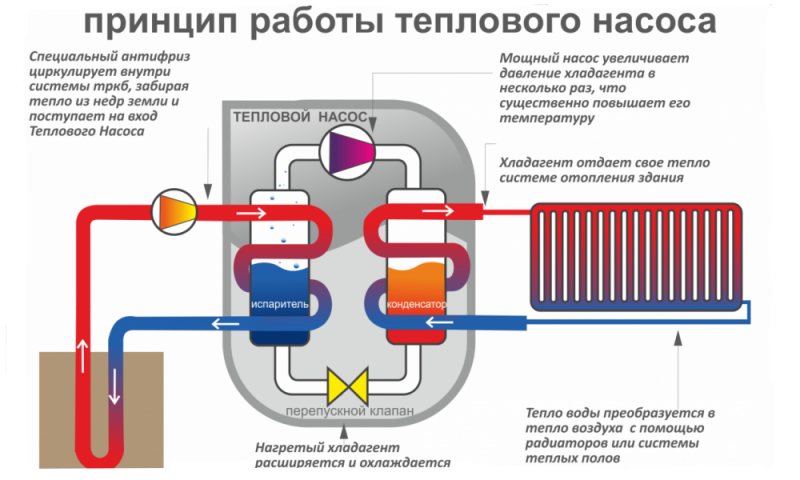
With the help of collectors, you can heat water to the temperature of the coolant, but they are not without drawbacks. Unfortunately, the winter day in our latitudes is short, and it is impossible to heat a sufficient amount of coolant during this period of time. In addition, in cloudy weather, this process may even become impossible. Therefore, heat from solar collectors used in combined boilers heating. When there is heating, the combustion of the main fuel is simply turned off, and when there is no sun and the water in the collectors is cold, the boiler is put back into operation.



















